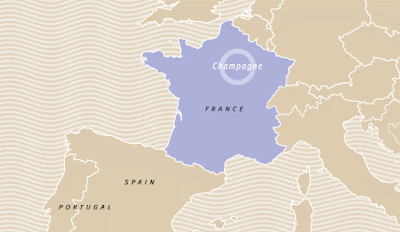 There is
something special about Italian wine. The way it is interwoven into the
lifestyle of Italy’s countryside…and the way the lifestyle is woven into it
makes it, to me, the most incredible wine experience that exists. When I go to
a French tasting, I leave wanting to understand more about French wines. I feel
the same about Spain. When I leave an Italian tasting I want to learn Italian.
I want to jump on the nearest plane and get lost in the small towns of Tuscany
or Piedmont, walking the streets and vineyards.
There is
something special about Italian wine. The way it is interwoven into the
lifestyle of Italy’s countryside…and the way the lifestyle is woven into it
makes it, to me, the most incredible wine experience that exists. When I go to
a French tasting, I leave wanting to understand more about French wines. I feel
the same about Spain. When I leave an Italian tasting I want to learn Italian.
I want to jump on the nearest plane and get lost in the small towns of Tuscany
or Piedmont, walking the streets and vineyards..png)
 I had the
privilege of eating lunch with Domenico Clerico this week at Mateo, a great
Boulder restaurant. Mr. Clerico is getting on in years, has major health issues,
and speaks no English. Telling stories through an interpreter, this incredibly
respected winemaker came across as a humble farmer who loves what he does, and
loves even more sharing his love for it. He seems genuinely amazed that the
entire world is clamoring for his wines.
I had the
privilege of eating lunch with Domenico Clerico this week at Mateo, a great
Boulder restaurant. Mr. Clerico is getting on in years, has major health issues,
and speaks no English. Telling stories through an interpreter, this incredibly
respected winemaker came across as a humble farmer who loves what he does, and
loves even more sharing his love for it. He seems genuinely amazed that the
entire world is clamoring for his wines.
We started
with his 2011 Dolcetto Visadi. It was
spicy, fruity and all in all a perfect example of this varietal which is the
everyday wine in the Piedmont. Next we tried his 2011 Capisme E. This is a stainless steel fermented Nebbiolo. Nebbiolo
is Italy’s noble grape that spawns the great Barolos. This is a bright, fruit-forward
version of this wonderful grape with vibrant red fruit flavors. Both of these
wines went beautifully with cheese, cured meats, paté, and steamed mussels.
 Next we tasted his 2010 Arte, a blend of
Nebbiolo and Barbera, aged fifteen months in new oak. This is a tannic wine, with
toast and vanilla and ample, complex fruit. It went well with the butternut
squash risotto with chèvre, walnuts, and roasted mushrooms.
Next we tasted his 2010 Arte, a blend of
Nebbiolo and Barbera, aged fifteen months in new oak. This is a tannic wine, with
toast and vanilla and ample, complex fruit. It went well with the butternut
squash risotto with chèvre, walnuts, and roasted mushrooms.
 Finally came
his two Barolos, the 2008 Pajana and
2008 Ciabot Mentin. These are sourced
from opposite ends of the same vineyard, the famed Ginestra. The Pajana is from a south-facing area and
is slightly more open and forward than the tightly wound Ciabot, from a south-southeast facing region of the hill. Both are
massive wines and will age for many years and become even more magnificent.
Although very young, they are brilliant even now, and matched beautifully with the
wild boar ragu taglierini and braised beef short ribs with root vegetables.
Finally came
his two Barolos, the 2008 Pajana and
2008 Ciabot Mentin. These are sourced
from opposite ends of the same vineyard, the famed Ginestra. The Pajana is from a south-facing area and
is slightly more open and forward than the tightly wound Ciabot, from a south-southeast facing region of the hill. Both are
massive wines and will age for many years and become even more magnificent.
Although very young, they are brilliant even now, and matched beautifully with the
wild boar ragu taglierini and braised beef short ribs with root vegetables.
Clerico’s
wines are a luxury—each of his Barolos will set you back a hundred bucks, and
the Capisme, $35.00. The Arte is about $45.00 and even the Dolcetto comes in at $24.00. But they
are all worth every penny.
Treat yourself to a bottle and enjoy La Bella Vitta!

